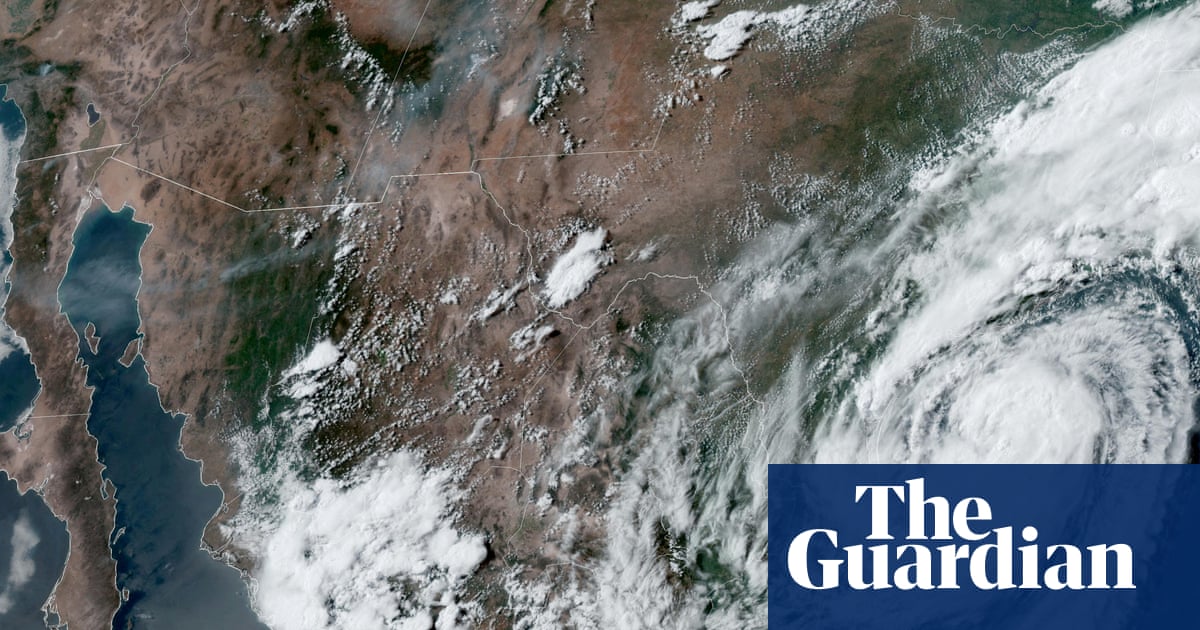Once upon a time, endpapers – those little bits of real estate connecting the inside covers of hardcover books to the pages within – were a site of pure decoration, or maybe, as in the case of The Chronicles of Narnia, a map of a fantasy realm. More recently, illustrators have been reimagining just what endpapers can be – far from decorations or maps, they are now used to bookend and compliment the stories told in books in fascinating ways.
“The illustrator Shaun Tan described them as like quotation marks or parentheses around the story,” said Bruce Handy, a journalist and children’s book author. “In his mind it’s a way of setting the story off. Kind of like an anteroom to the story, or like a transition into the story.”
Handy has been thinking a lot about endpapers recently, as the curator of Open + Shut, an exhibition of endpapers that is currently running in Amherst’s Eric Carle Museum of Picture Book Art. Eric Carle, the co-founder of the institution, is the creator of the immensely popular picture book The Very Hungry Caterpillar and the museum has celebrated the world of picture books since its founding in 2002. With Open + Shut, it delves into an often overlooked, yet increasingly vital, part of these books.
The show originated with Handy’s children, who were his conduits to the picture book world. As Handy read these books to his children, he found himself “falling in love” with picture books and he began to take note of just how important the endpapers were. “I was intrigued by the many ways that artists were using them,” he told me. “I was surprised at how much thought goes into endpapers.”

Eventually, Handy found himself in a room where the New York Times keeps virtually every picture book released in a single year – sent to them by publishers keen for a review. He was poring over the titles for a feature he was writing on the best endpapers of the year, and that project planted a seed that has now been realized in Open + Shut.
The show features over 50 titles, ranging from Life of Geoffrey Chaucer published in 1803 up through numerous titles from the 2020s, including Eliza Kinkz’s illustrations in comedian Jesús Trejo’s widely celebrated 2023 title Papá’s Magical Water-Jug Clock, and Christian Robinson’s illustrations in Something, Someday by Amanda Gorman, the youngest presidential inaugural poet in US history.
Handy explained how endpapers used to be mostly decorative in nature, but as printing became cheaper, illustrators began to have more freedom with what they could do with that real estate. “Eventually the endpapers started turning into something like a commentary on the contents of the book, or something playful, like an Easter egg,” he said.

Once of the nicer historical endpapers is a map of Ashdown Forest taken from a 1957 edition of AA Milne’s The World of Pooh. Landmarks include “Eeyores Gloomy Place” (noted as “rather soggy and sad”) and “Sandy Pit Where Roo Plays.” The map offers a glimpse of a transitional moment where endpapers were beginning to interact with the substance of the book in creative ways, yet had not quite evolved to the state that one sees nowadays. “There’s this hand-drawn quality to it,” said Handy. “It’s drawn as if it were made by Christopher Robin, so there’s all these misspellings and cute kinds of references and things.”
By the time the 2000s rolled around, it was very common to have endpapers act as integrated elements into the overall story told by the book. Shaun Tan’s 2006 graphic novel The Arrival uses only images to tell the rather bracing and at times traumatic story of an immigrant coming to a new land. The endpapers perfectly compliment this story by offering a gallery of snapshots in the style of passport or green card photos, showing a variety of people from all over the world. The endpapers act as a grounding device that sets the theme of immigration, paving the way for an allegory-like story that is focused around the cumbersome details of immigrating to and making a new life in a foreign place.
In the picture book Inside Cat, the endpapers actually function as part of the story, as they help bookend the protagonist’s journey from an indoor cat to one that gets out of the house and explores. “At the beginning of the story, we can see the cat looking out the window trying to imagine what the world is like,” explained Handy. “He gets stuff wrong in cute and funny ways. So in the front endpaper, the cat is in the house, and that’s reflected in the house being shaped like a cat. At the end of the, book the cat steps outside for the first time, and the back endpaper shows the city in the shape of a cat. It’s a great ending and a great image.”

According to Handy, not all artists are fans of endpapers. “Some artists see it as important as any other part of the book,” he told me. “Other artists see it like, why should I do more work? Or they don’t see the creative possibilities or really care.” It’s a good reminder that, even as these parts of the bookmaking process can provide space for so much innovation and creativity, they are far from universal and remain very precious things when artists choose to embrace them.
Insofar as that goes, Handy shared that curating Open + Shut has given him a new appreciation for this fascinating part of books. “In curating this show, I’ve been surprised at how much thought goes into endpapers, how deeply so many artists care about it. There’s so much variety to endpapers. They really see it as fundamental to the overall effect of the book.” Audiences are fortunate to have a chance to see that variety face to face and appreciate a new and emerging art form.
-
Open + Shut: Celebrating the Art of Endpapers is on show at the Eric Carle Museum of Picture Book Art in Amherst until 9 November 2025.

 1 month ago
35
1 month ago
35

















































